Understand Retention on TikTok and Instagram
Retention refers to the percentage of viewers who watch your video from start to finish. If your video has 100% retention, it means everyone who started watching the video watched to the end. Conversely, 0% retention means that no one who started watching your video made it to the end.
Retention is just one of four key metrics that determine how many views your video will get, but if you learn about retention and work on improving it by consistently posting videos and monitoring the metric, it's one of the easiest ways to boost your views online.
Before we start, we need to learn how to activate analytics on TikTok and Instagram. This is where you will find the retention graphs for your videos.
How to Activate Analytics for Your Account
TikTok
To activate analytics on TikTok, make sure you have enabled them in the app settings or through the TikTok Studio option. Once activated, you’ll see a "More Insights" button on your videos. Additionally, you can access general account analytics by visiting TikTok Studio and selecting "Analytics."


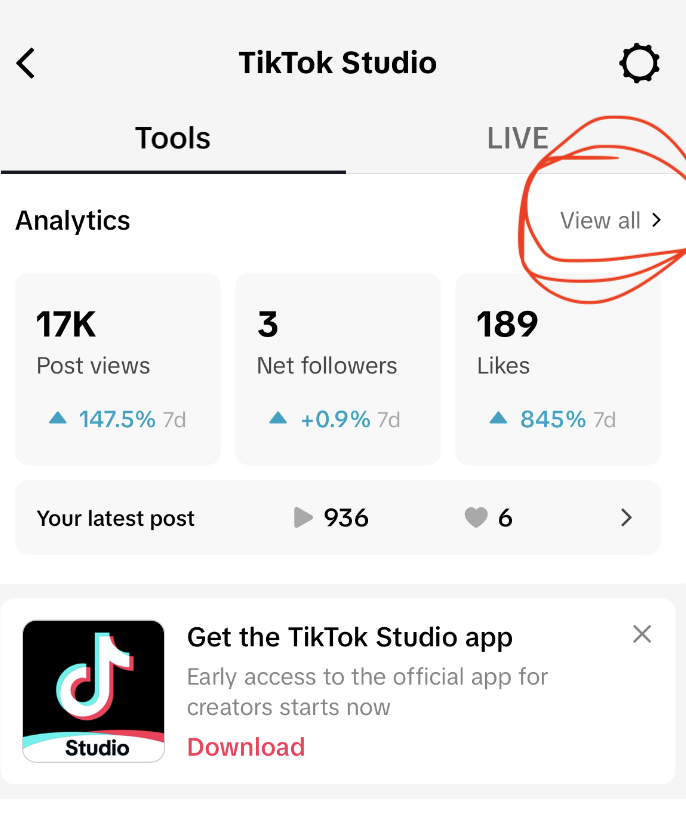

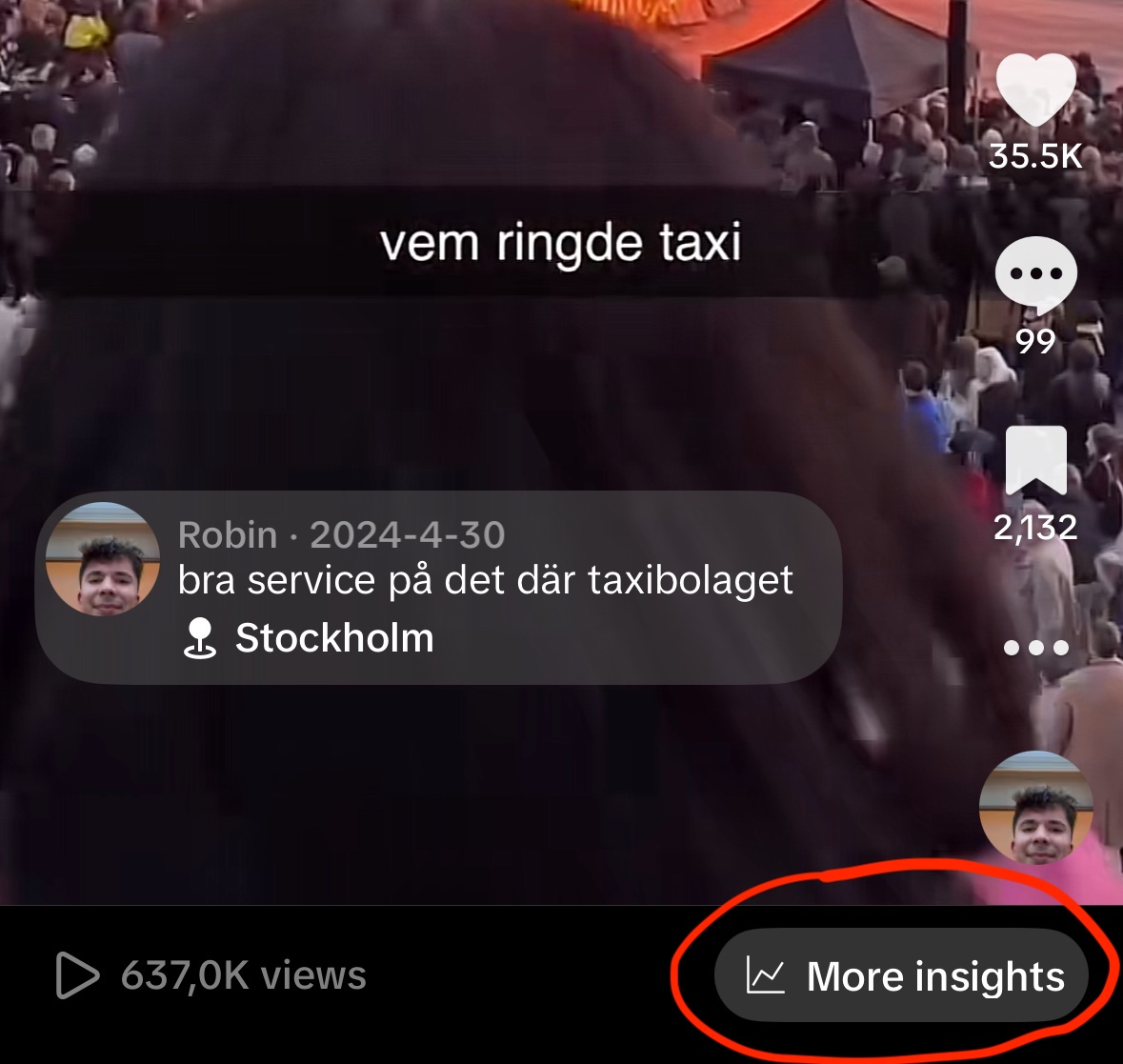
On Instagram, you need to have a business or creator account to enable statistics. Keep in mind that upgrading your account may limit access to certain songs in the music library due to licensing agreements. Once your account is upgraded, you can view your stats either in the settings or directly on each video.
How to Understand Retention
Both TikTok and Instagram offer similar features for retention tracking. Here’s an example from TikTok. When you view your analytics, you should see a graph indicating the percentage of users who watched your video from start to finish. Initially, 100% of viewers start watching your video, so the left side of the graph will always show 100%. The key is observing how the graph changes after the first few seconds.
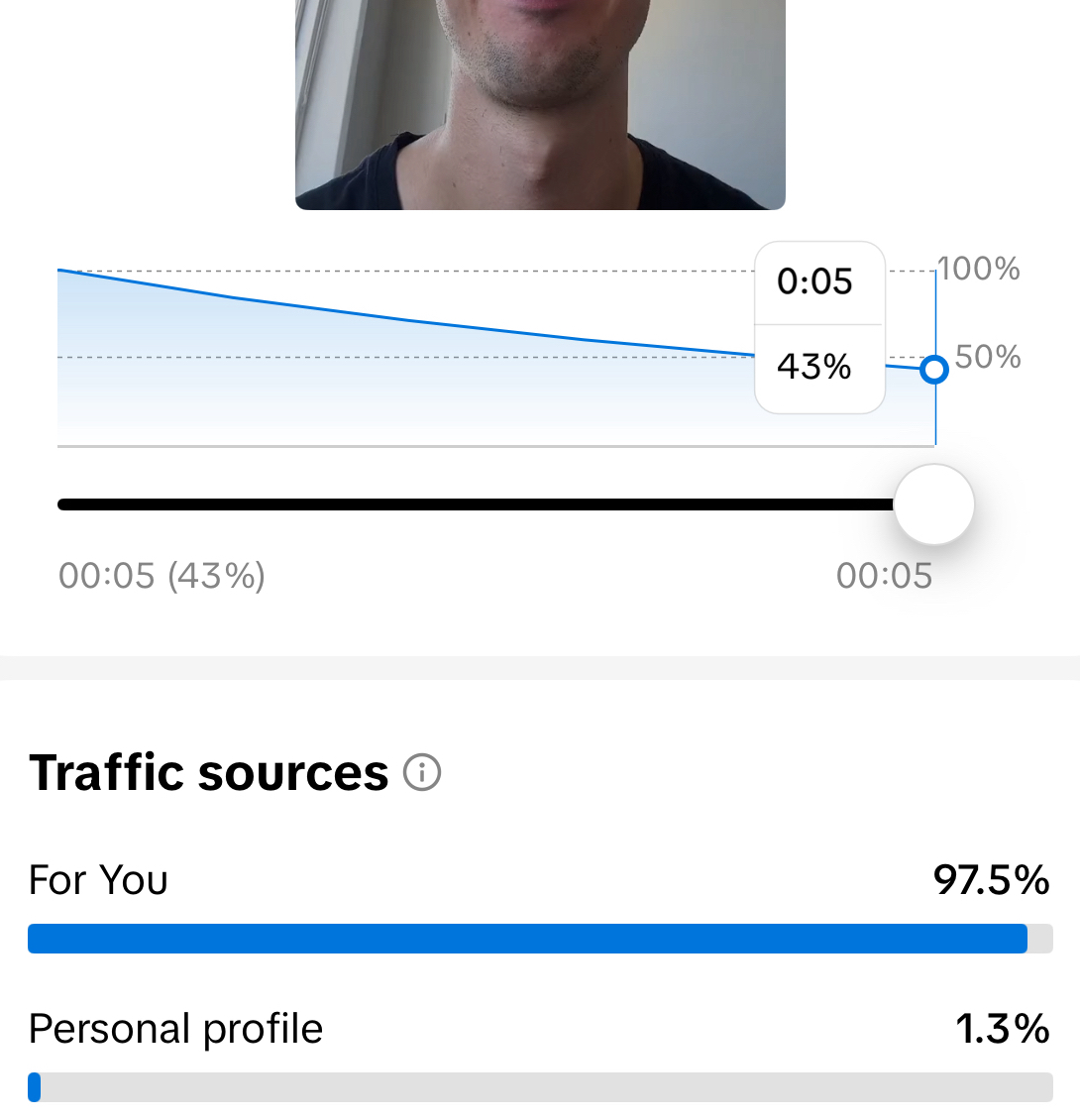
Understand Short Videos
Short videos, around 5 to 10 seconds long, follow a different retention pattern than longer videos that may last a few minutes. For short videos to go viral, they need a large portion of viewers to watch until the end.
In my experience, if you post a 7-second video, it needs at least 50% of viewers reaching the end to have a chance to go viral.
Let's compare the retention rates of two short videos. The first video is 6 seconds and has 68% retention with 93,500 views, while the second video is 7 seconds, and has much lower retention (37%) with only 960 views.
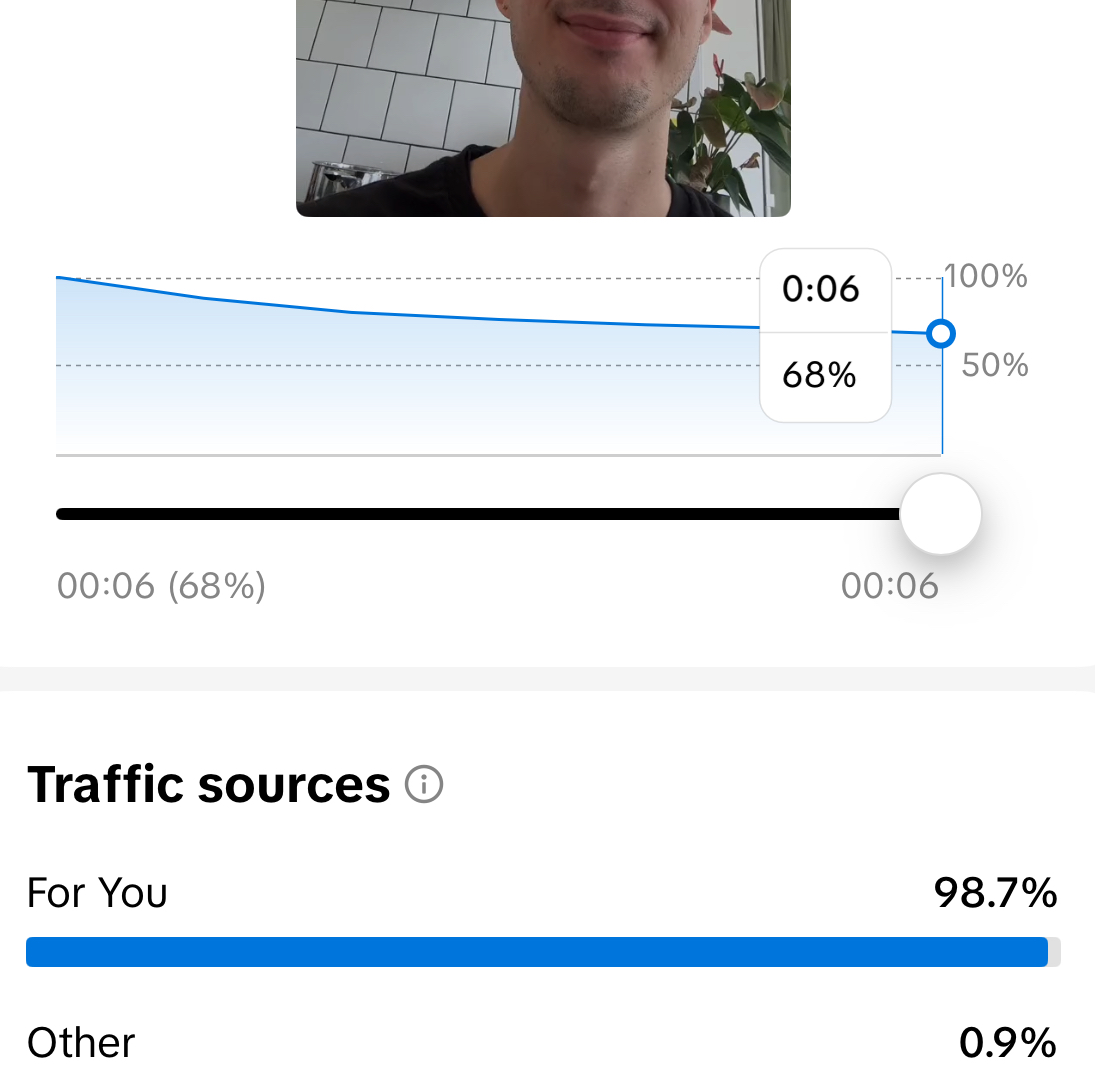
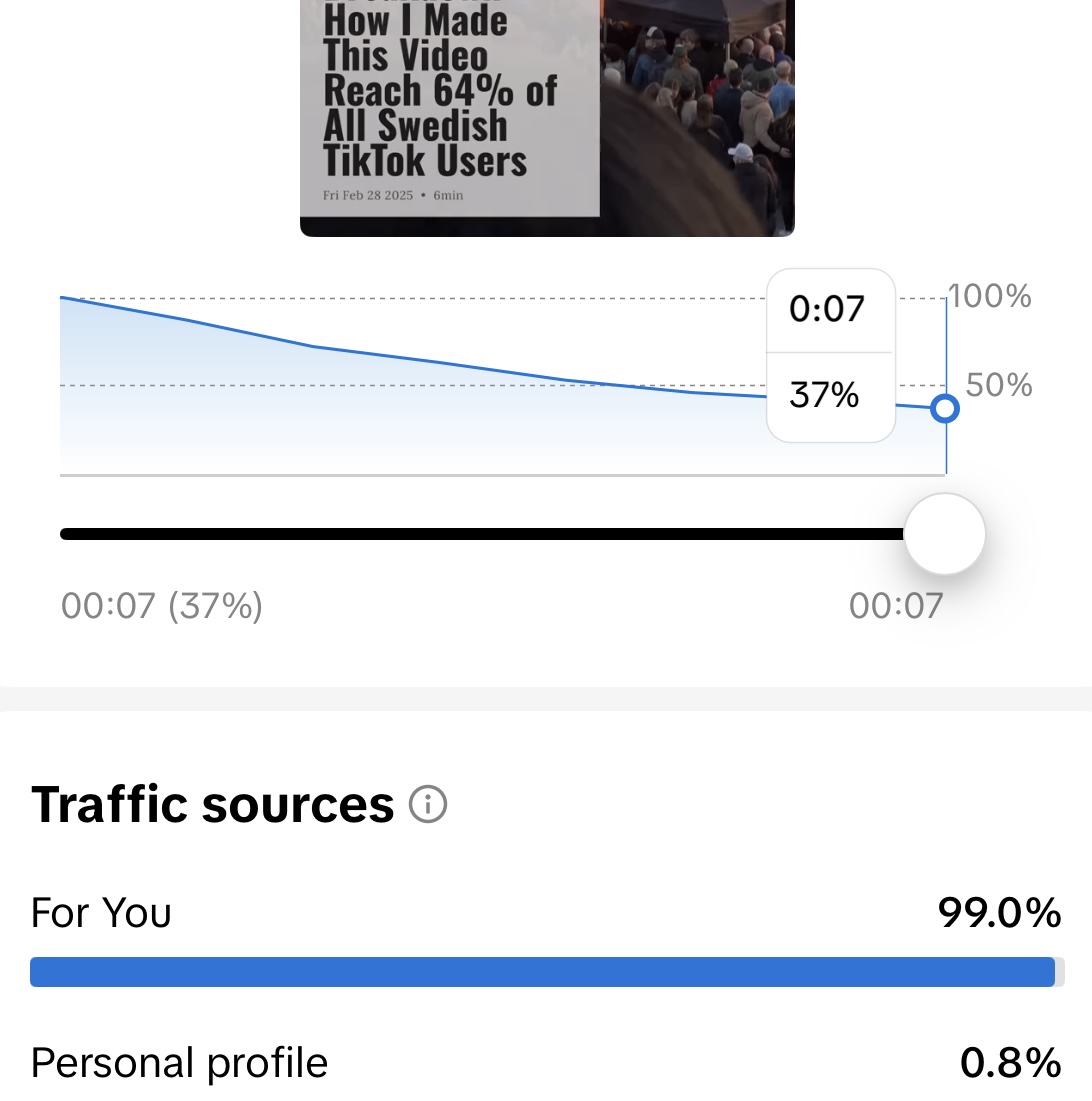
By reviewing the retention graph of videos on TikTok or Instagram, we can identify areas for improvement, try again, and hopefully do better next time. Here's a few patterns you can look out for.
Early drop in retention - If the graph drops sharply in the first few seconds, this indicates that viewers weren’t interested in your opening and initial pitch. This suggests that you may need to improve your promise and how you deliver it in those first few seconds.

Key Learning: If your retention graph drops quickly at the start, work on your promise and initial impression to make it more engaging.
Middle drop in retention - If you see drops in the middle of the video, it indicates that you lost the viewer’s attention. You can improve this by crafting a clear storyline and consistently proving that you’ll deliver on your promise. Viewers may lose trust halfway through if they feel you’re not delivering on your opening promise.
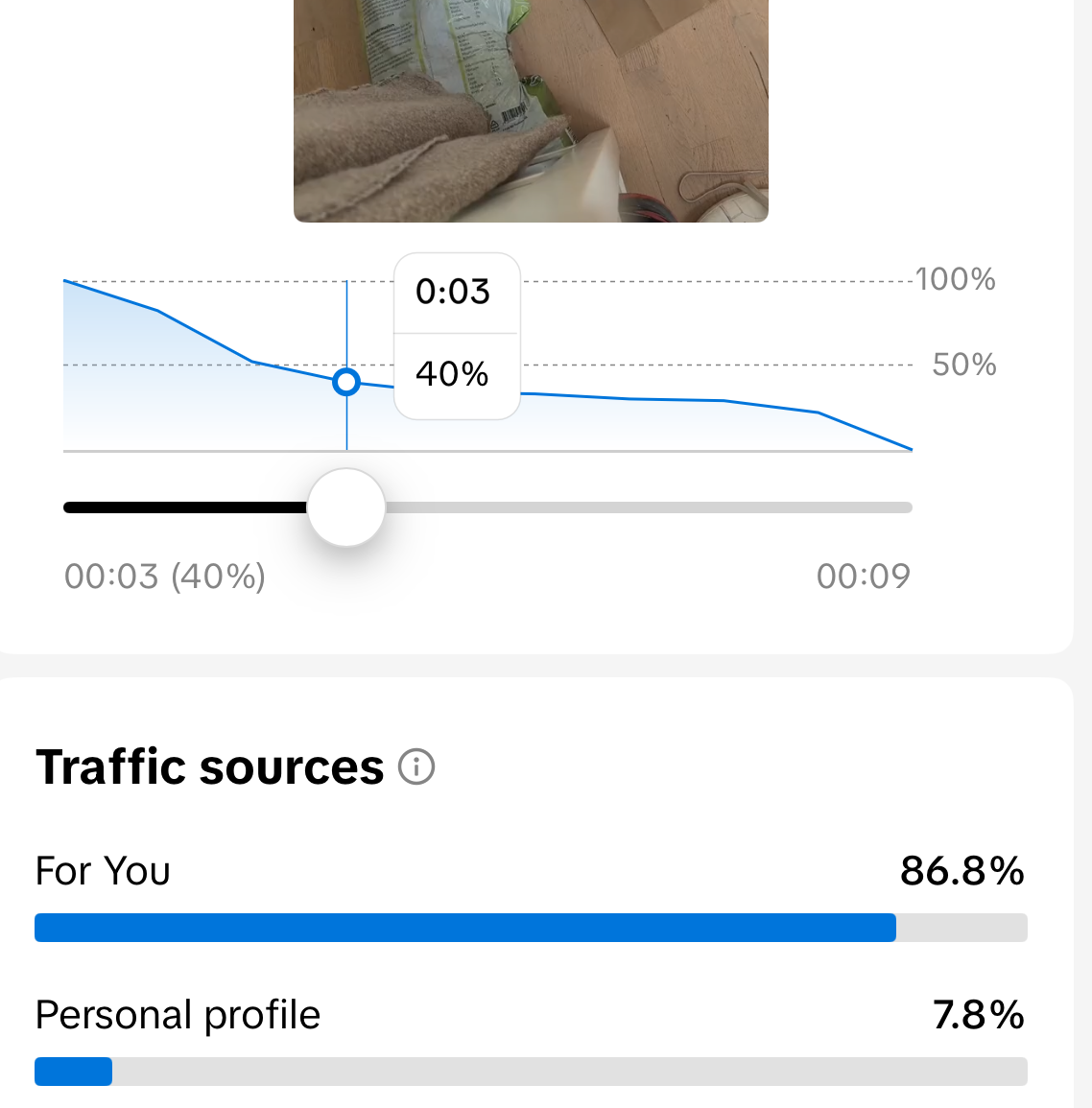
Key Learning: If retention drops in the middle, work on strengthening your storyline and continually providing evidence to support your promise.
Late drop in retention - If the graph shows a significant drop near the end, it could mean that the viewers felt the promise was resolved, and they lost interest in the remaining part of the video. It’s best to cut off the video right after delivering the resolution to your promise, unless you are showing reactions that the user will find really interesting.

Key Learning: If retention drops sharply near the end, you probably included unnecessary content after resolving your promise.
By identifying where viewers drop off in your video, you can adjust your approach to make future videos more engaging and increase the chances of them going viral.
Long Videos
For longer videos, the retention rules differ. A video that is 20 to 30 seconds or even a few minutes long doesn’t require as many viewers to reach the end to go viral. Sometimes, just 5-20% of viewers need to watch the entire video for it to gain traction. If the video is several minutes long, only a small percentage reaching the end may be enough to make it go viral.
Compare retention rates
I've put together a table showing what type of retention rate you would need to go viral based on the video length. This data is coming from my own experience of posting 500+ videos in Sweden, which has a certain type of audience. It doesn't necessarily mean it is the exact same for your audience, but it gives you a good idea of what to aim for - or at least an explanation of why your videos aren't going viral.
| Video Length | Expected retention rate to go viral |
|---|---|
| 5-10 seconds | 50-80% |
| 10-30 seconds | 25% |
| 30-60 seconds | 15% |
| 1+ minutes | 2-10% * |
* Note: for 1+ minutes it is less important that people watch the whole thing.
Conclusion
To improve your chances of going viral, study your retention graphs to identify where viewers stop watching your video. This is key to boost your video’s performance. Achieving viral success is a gradual, iterative process. So keep working on improving your retention.
Retention should be your starting point, but keep in mind that improving it alone won’t guarantee viral success. Engagement, a captivating topic, and longevity are also crucial.